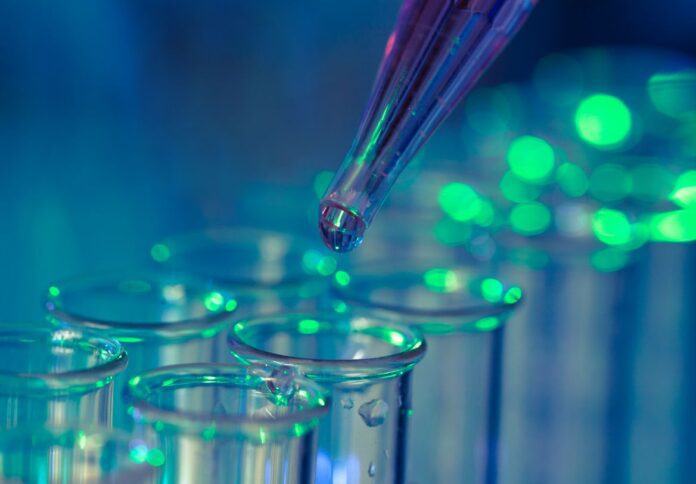
Research has revealed that critically endangered dolphins in the waters of Melbourne and Gippsland are suffering from the highest concentrations of PFAS chemicals in the world.
A study conducted by scientists from the Marine Mammal Foundation, RMIT University, and Melbourne University has detected alarming concentrations of the chemicals in Victoria’s critically endangered Burrunan dolphins.
PFAS, notoriously known as “forever chemicals” for not breaking down, are widely used in the manufacturing of food packaging, firefighting foam, and non-stick cookware.
The study took samples from 38 dolphins of various species found stranded along Victoria’s coastline, but especially high PFAS liver concentrations were found among the Burruan dolphin populations of Port Phillip Bay and Gippsland Lakes.
Scientists found a PFAS liver concentration of 19,500 nanograms per gram in one juvenile Burrunan dolphin from Port Phillip Bay – the highest level recorded in an individual dolphin globally.
Average concentrations of some chemicals in the populations were more than 10 times higher than what scientists believe causes liver toxicity and a range of health issues.
Chantel Foord, lead author of the study, said the results did not necessarily mean risk to humans in Victorian waters as dolphins ingest whole fish, including the liver, which accumulates the chemicals, whereas humans only eat fish muscle and tissue.
The study, published in the journal Science of the Total Environment, delves into the mystery behind the pollutant as no PFAS manufacturing occurs in Australia.
Foord highlighted the need to identify the sources of the chemicals and understand how these pollutants behave in the environment.
“While we would expect higher concentrations in locations where these chemicals are made, that is not what this study found,” Foord said. “So, without manufacturing occurring in Australia, why are we recording these alarming PFAS levels? Most importantly, how are they going to impact the viability of these dolphin populations?”
The study also looked into emerging contaminants in the environment, indicating that newer replacement chemicals are already bioaccumulating through the food web to the dolphins.




















